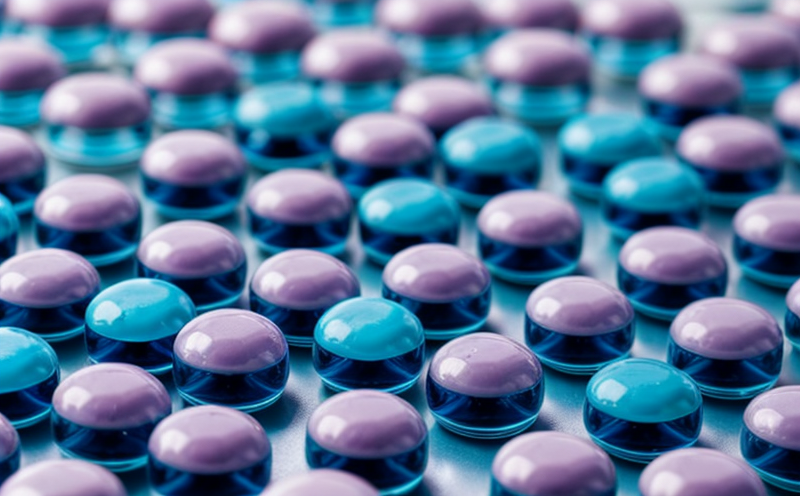USP Water for Pharmaceutical Use Microbiological Testing
The USP [1] Chapter 1231 specifies the requirements and testing procedures for water used in pharmaceutical manufacturing. This service ensures that the water meets stringent microbiological quality standards, which are critical to maintaining product safety and efficacy.
The primary focus of this testing is on ensuring that water intended for use in the production of pharmaceuticals is free from pathogenic microorganisms as defined by USP guidelines. The testing process involves several steps including sampling, preliminary examination, microbial enumeration, and selective cultivation methods aimed at identifying potential contaminants such as yeast, mold, coliform bacteria, total viable counts, and other indicators.
The testing procedure follows a structured approach to ensure accurate results. Samples are collected under controlled conditions using sterile techniques to prevent contamination during the collection process itself. After sampling, they undergo series of tests including visual inspection, pH measurement, conductivity analysis, and specific gravity determination. These initial checks help identify whether further microbiological examinations are necessary.
For microbiological testing specifically addressed by USP , samples may be plated onto various media such as nutrient agar for general bacterial growth or lactose fermentation tubes to detect coliforms. Additionally, membrane filtration techniques might be employed where extremely low levels of viable organisms need detection. Any positive findings would then require confirmation through biochemical tests and possibly species identification.
The results from these analyses are compiled into detailed reports that outline the presence or absence of specified microorganisms along with any quantifiable data obtained during testing. Compliance with USP standards ensures not only regulatory adherence but also enhances confidence in the quality and safety of water supply within pharmaceutical facilities.
Note: Proper interpretation of these results necessitates understanding both what constitutes acceptable levels according to current regulations as well as recognizing potential areas for improvement based on identified issues.
Applied Standards
| Standard Code | Description |
|---|---|
| USP [1] Chapter 1231 | Specifications and Tests for Water for Pharmaceutical Purposes |
| ISO 3696:1994 | Determination of Total Coliforms in Drinking Water |
| ASTM D5782-09 | Standard Guide for Determination of Microbial Quality of Recreational Waters |
The applied standards ensure that the testing procedures adhere to internationally recognized guidelines ensuring accuracy and consistency. By following these protocols, laboratories like Eurolab can provide reliable results that are accepted worldwide.
Eurolab Advantages
- Comprehensive expertise in pharmaceutical microbiology
- State-of-the-art facilities equipped with latest technology
- Dedicated team of qualified professionals
- Strict adherence to regulatory requirements
- Quick turnaround times for results delivery
- Confidentiality and integrity guarantees
- Customized solutions tailored to individual client needs
At Eurolab, we pride ourselves on delivering top-notch services in pharmaceutical microbiology. Our commitment to excellence is reflected in our advanced equipment, experienced staff, and unwavering dedication to meeting all regulatory standards.
Use Cases and Application Examples
| Application Scenario | Description |
|---|---|
| New Drug Product Development | Ensuring that water used during formulation does not introduce microbial contamination into the final product. |
| Process Water Quality Monitoring | Regular monitoring to maintain consistent compliance with USP requirements throughout production processes. |
| Equipment Cleaning Validation | Testing water used for cleaning equipment after use to ensure it meets purity specifications. |
The data generated from these tests can be crucial in diagnosing sources of contamination and implementing corrective actions promptly. It helps safeguard against adverse effects on patient health while protecting the integrity of manufacturing operations.





